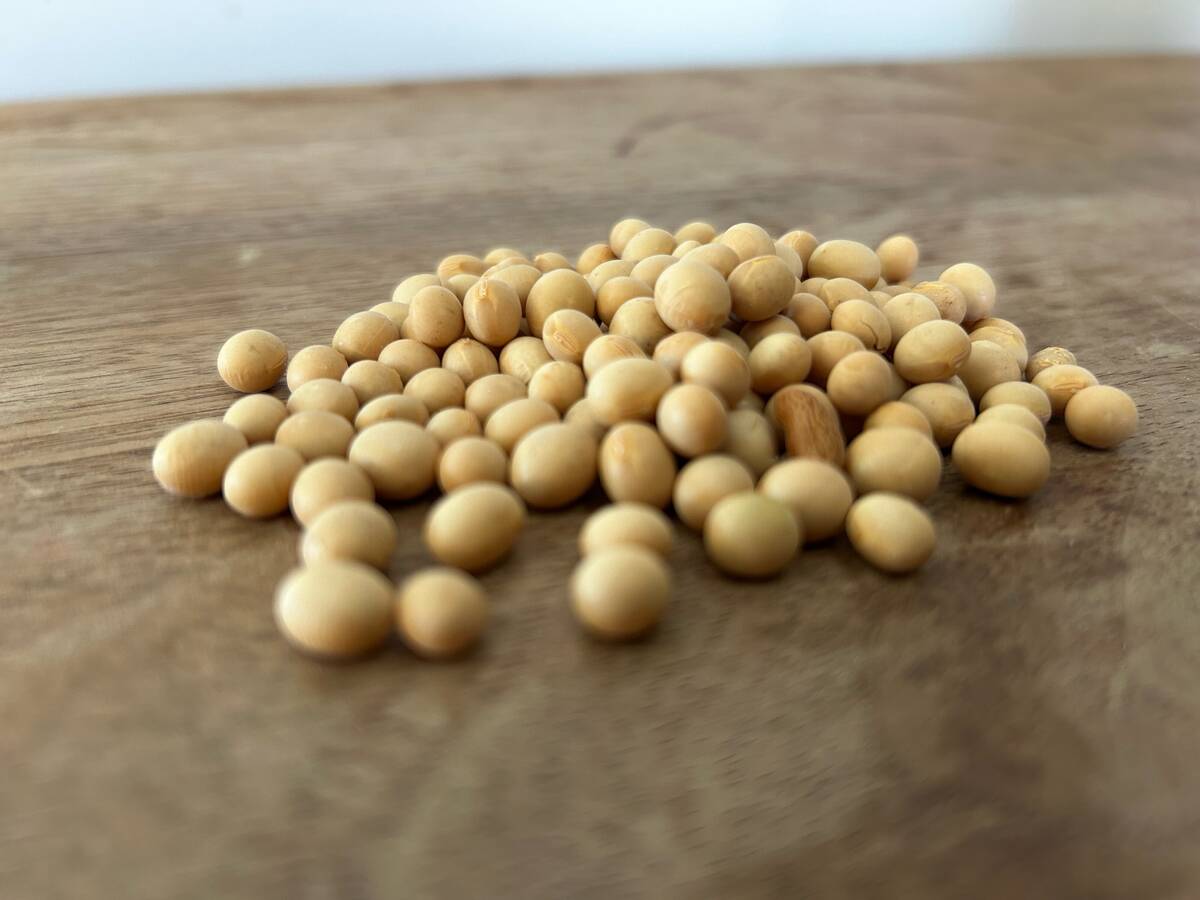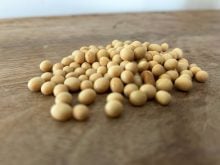CHICAGO (Reuters) – Chicago Mercantile Exchange live cattle futures closed higher in light volume on Friday, led by short-covering stirred by better-than-anticipated cash prices, traders said.
Cash cattle in Texas moved at mostly $133 per hundredweight (cwt), $3 higher than last week, feedlot sources said. They reported cash sales of mostly $132 in Kansas, up $2 from the week before.
Those prices came as a surprise given poor packer margins and planned meat plant shutdowns during the New Year’s holiday.
“Regardless of their margins, packers need to slaughter cattle. The thin holiday volume exaggerated today’s futures’ rally,” Oak Investment Group President Joe Ocrant said.
Read Also

U.S. grains: soybeans firm ahead of USDA data
Chicago soybeans ticked up slightly on Wednesday as traders adjusted positions ahead of the release of official U.S. data on global supply and demand on Friday, the first update in weeks, but prices were capped by a lack of large Chinese purchases.
Investors are looking ahead to tighter cattle supplies in the coming weeks that could help pull up wholesale beef values, he said.
Friday morning’s wholesale price for choice beef was up 15 cents per cwt from Thursday at $197.08, and select rose 52 cents to $190.98, according to the U.S. Department of Agriculture.
Beef packer margins for Friday were estimated at a negative $73.50 per head, compared with a negative $72.55 per head on Thursday and negative $43.30, a week ago, as calculated by HedgersEdge.com.
December live cattle futures finished 1.150 cents per lb higher at 133.850 cents, and February settled up 0.800 cent at 134.950 cents.
CME feeder cattle closed in tandem with higher live cattle futures.
Feeder cattle for January closed at 167.000 cents per lb, up 0.400 cent, and March finished at 167.800 cents, 0.600 cent higher.
HOGS UP BEFORE REPORT
CME hogs gained on position evening in anticipation of the USDA’s quarterly hogs report on Friday at 2 p.m. CST (2000 GMT).
Analysts expect that report to show the U.S. hog herd declined due in part to a swine virus that is fatal to baby pigs. Such a decline should shrink pork production in the first half of 2014.
Analysts are split about the impact of the Porcine Epidemic Diarrhea virus going into the report, Linn Group analyst John Ginzel said.
“On camp believes USDA will pick up the pig virus impact. Others say they didn’t in the September report, so why should they now,” Ginzel said.
Hog futures made headway despite Friday’s slump in cash hog and wholesale pork prices.
USDA data on Friday morning quoted the average price of hogs in the closely watched Iowa/Minnesota market at $72.94 per cwt, $3.19 lower than on Thursday.
The morning’s USDA wholesale pork price fell $2.50 per cwt from Thursday to $83.83, dragged down by the $12.45 plunge in costs for pork bellies, which are made into bacon.
Ample supplies of hogs at heavy weights are adding more tonnage to the retail sector at a time when bacon demand declines seasonally, a trader said.
February hogs closed up 0.350 cent per lb at 85.650 cents, and April ended up 0.325 at 90.975 cents.














